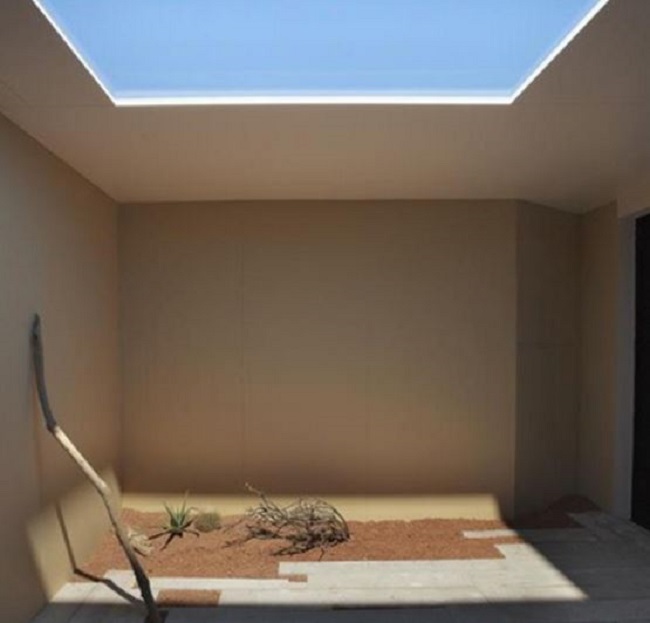
The satisfaction of casting back a curtain to reveal the warm, luscious sunlight lurking beneath is almost universal. Yet, with all our advances in lighting and electronics, no one has been able to mimic true daylight with any bit of competence ─ until now.
Associate professor Paolo Di Trapani, from the University of Insubria in Como, Italy, showcased a prototype lighting panel during last month’s Light and Building show in Frankfurt that uses nanoparticles to create the closest thing to actual daylight. The yet-nameless device is able conjure up serene, natural-looking daylight with a mere flip of a switch, completely altering the way we perceive our environment.

It’s scientifically proven that sunlight exposure enhances mood, so a device capable of replicating sunlight will breathe new life into both dingy apartments and hideous subway stations alike. Di Trapani is very ambitious about the prototype, stating, “We hope it will be a game changer, whether it's in road tunnels, malls, hotels, or hospitals,” says di Trapani.”

Unlike earlier attempts at aesthetically reproducing sunlight, Di Trapani’s prototype does not focus on developing light sources soley based on the Sun's spectrum. Instead, it takes into considerationthat “natural” light is a result of a both the spectrum and the light’s interaction with the sky itself. This is accomplished by shining white LEDs through a clear polymer sheet panel studded with nanoparticles that are invisible to the naked eye. Peppering the sheet with titanium dioxide nanoparticles replicates the Rayleigh scattering effect ─ the process by which air particles scatter the sun’s radiation; most noticeable on the horizon during hours of dusk and dawn.
The prototype uses two nanoparticle sizes placed in different sections of the panel to separate the white light into the blue “sky-light,” or the bright yellowish light, similar to direct sunlight. Users will be able to simulate various lighting effects ranging from morning sunlight to thunderstorm gloom. Perhaps the icing on the cake is the prototype’s size; present incarnations measure 1.8 m x 85 cm, easily matching the size of a real window.
Nevertheless, as exciting as this prospect sounds, mass production won’t commence for another one to two years. Look out for Di Trapani’s spin-off company, CoeLux.
Via Newscientist
Advertisement
Learn more about Electronic Products Magazine





